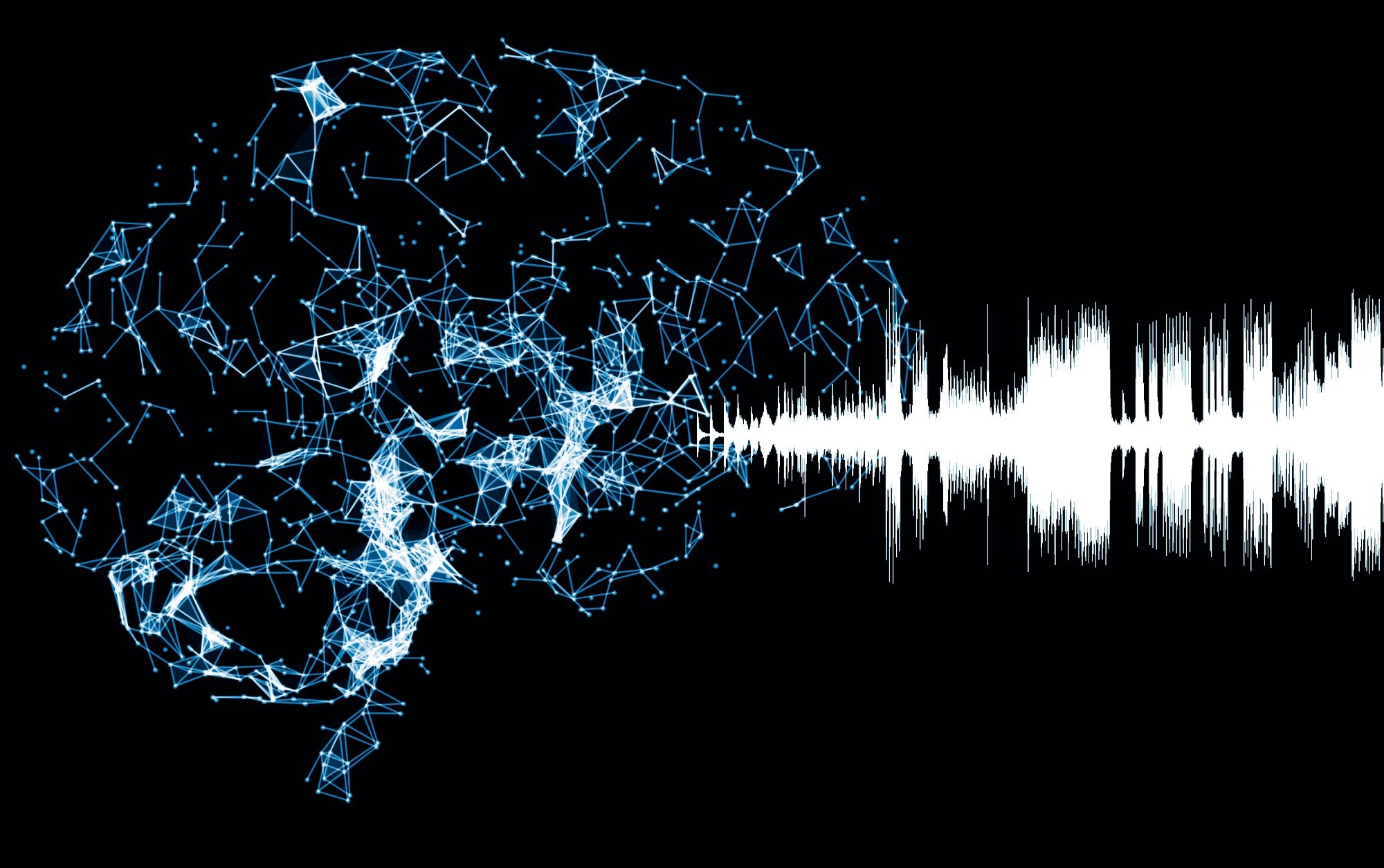In a recent study published in the journal Nature Communications, using intracranial recordings, researchers investigated the neural basis of lexical tone production in native Mandarin speakers. They found that the pitch dynamics of lexical tones are brought about by local populations in the bilateral laryngeal motor cortex (LMC), which encodes articulatory kinematic information instead of selectively coding for a single-tone category. Further, they demonstrated that electrocortical stimulation of different populations in the LMC could help raise or lower the pitch for tone production.
 Study: Neural control of lexical tone production in human laryngeal motor cortex. Image Credit: Nailotl / Shutterstock
Study: Neural control of lexical tone production in human laryngeal motor cortex. Image Credit: Nailotl / Shutterstock
Background
To distinguish between words in a tonal language, a speaker needs to modulate the voice pitch to form specific trajectories called "lexical tones." Precise control of the larynx is essential to produce and modulate the voice pitch via three functions: voicing, rising, and lowering. Although two LMC regions correlating with laryngeal movements have recently been identified, it is still unclear how laryngeal muscles are dynamically controlled by humans to generate lexical tones.
Interestingly, the dynamic nature of vocal pitch during speech is such that pitch changes can occur within 100 ms. Therefore, previous imaging studies with low temporal resolution failed to determine the neural coding in LMC that enables vocal pitch control. Therefore, using high-density electrocorticogram (ECoG) grids with greater spatiotemporal resolution, researchers in the present study aimed to understand the coding mechanisms underlying voice pitch control, which enables lexical tone production. They also aimed to identify the pitch parameters encoded during tone production and determine the localization of the neural coding of the pitch in the cerebral cortex.
About the study
The study included eight participants (aged 29–51 years, with five males and three females) undergoing awake language mapping as a part of their brain tumor surgery. While the participants spoke Mandarin syllables in four different tones, the neural activity was recorded using high-density electrode grids placed in the sensorimotor cortex (SMC). The experimental tasks included tone production (using two different paradigms) as well as sentence production, where 20 phonetically balanced Mandarin sentences were read out by the participants from a screen prompt. During these tasks, neural signals were recorded from 128-channel ECoG grids using a multichannel amplifier optically connected to a digital signal processor. The acoustic pitch space of the lexical tones was analyzed using principal component analysis.
The electrodes were localized intraoperatively using a neuro-navigation system and Python-based software. Speech-responsive electrodes were identified, which could also discriminate between lexical tones. The pitch contour of each syllable was extracted, and the individual pitch minimum and maximum were identified for every participant. The phrase and tone components for each syllable and sentence were noted. Further, to assess which features drive neural activity in the LMC during lexical tone generation, temporal receptive field (TRF) models were employed. Multivariate pattern analysis was used to evaluate the tone-decoding accuracy in the LMC neural population. Additionally, direct cortical electrical stimulation was used intraoperatively in five glioma patients undergoing awake surgery to probe the causal relationship between the specific neural population and the corresponding pitch dynamics.
Results and discussion
As per the study, neural coding of dynamic vocal pitch control is brought about by distributed neural populations in the ventral as well as dorsal LMC. During the analysis, no evidence of electrode sites tuned to an individual tone category was found. Instead, a distributed type of neural coding in bilateral LMC was shown to underlie the cortical control of lexical tone generation.
Pitch encoding was found to be positively correlated with tone discriminability. In both syllable and sentence production tasks, the neural activity of tone-discriminating electrodes was found to represent pitch dynamics. Moreover, the intraoperative stimulation of dorsal LMC was found to induce pitch rising and lowering. These results provide causal evidence for LMC's negative and positive tuning patterns.
The findings improve our understanding of the LMC and its neural coding and have important implications for people speaking tonal languages, who form approximately one-third of the world's population. However, the study is limited by inter-individual variability of tone-production cortex and the inability to record simultaneously from the left and right LMC in the same participant. In the future, research on a larger sample size may be required to confirm these findings.
Conclusion
In conclusion, insights from this study pave the way for new approaches to address speech impairment in individuals speaking tonal languages while also finding applications in brain-computer interface (BCI) development for assisted speech. The neural mechanisms underlying tonal language processing uncovered in the study could inform future research.
Journal reference:
- Neural control of lexical tone production in human laryngeal motor cortex. Lu, J., Li, Y., Zhao, Z. et al., Nature Communications, 14, 6917 (2023), DOI: https://doi.org/10.1038/s41467-023-42175-9, https://www.nature.com/articles/s41467-023-42175-9